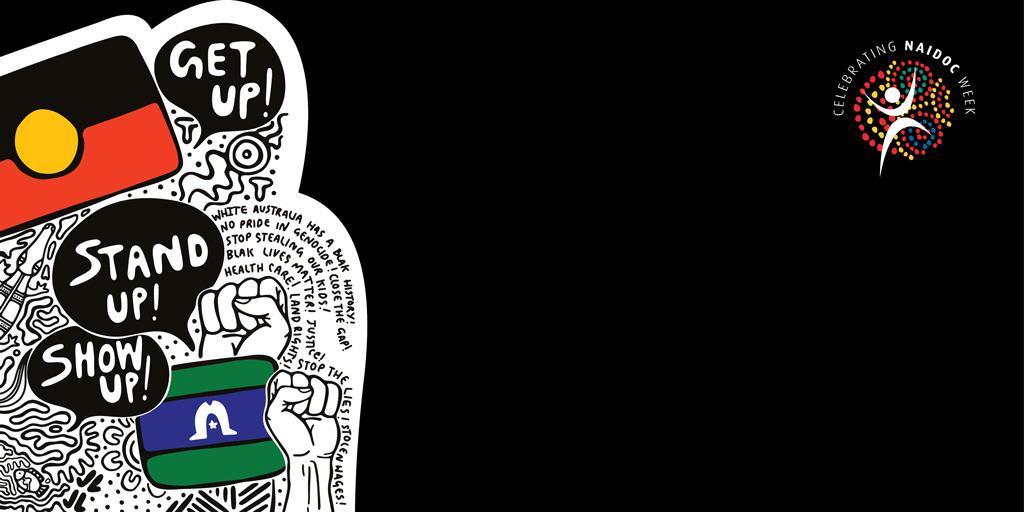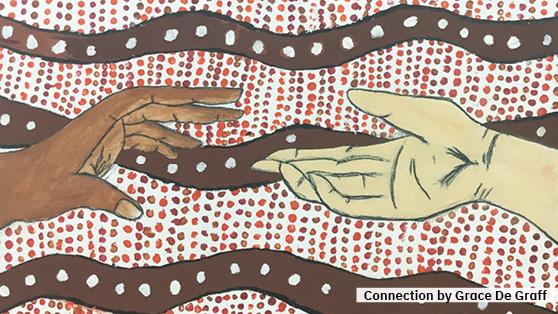Welcome with Meaning
R.E.S.P.E.C.T. Aretha Franklin sang about it and your parents probably asked for it when you were a kid, but showing respect is one of the most powerful acknowledgements that you can give a person. In an event or business setting, showing respect to the Aboriginal and Torres Strait Islander peoples of this nation is an important and moving gesture.
The simple act of including a welcome to country or an acknowledgement of country, speaks volumes about our gratitude to the traditional owners and ongoing custodians of this land. It acknowledges thousands of years of aboriginal culture, indigenous contribution and ownership. It pays respect to past generations, and elders past and present.
A welcome to country is delivered by traditional owners, or Aboriginal and Torres Strait Islander peoples who have been given permission from traditional owners, to welcome visitors to their country.
Your local Aboriginal land council or native title representative body can advise on organising a welcome to country by a traditional owner in your area.
An acknowledgement of country is an opportunity for anyone to show respect for traditional owners and the continuing connection of Aboriginal and Torres Strait Islander peoples to country.
An acknowledgement of country can be offered by any person and like a welcome to country, is given at the beginning of a meeting, speech or event.
In indigenous culture a welcome to country is a tradition thousands of years old, which formally invited a person from a different area to enter or pass through another’s tribal lands. Today it is equally important to show reverence to the first peoples of this nation and their ongoing connection to the land – and to send a message of cultural understanding, diversity and inclusion.
When planning an acknowledgement of country at your next event or business gathering, remember that it can be as formal, informal, simple or as elaborate as you wish to make it. There is no set protocol. Although many organisations follow standard wording, it can be any appropriate wording and it can be made more meaningful by tailoring it to your setting.
For example, if your event is in the Sydney CBD the traditional owners are the Gadigal people of the Eora Nation. So an event in this setting could start with – “We acknowledge the Gadigal people of the Eora Nation as the Traditional Custodians of the Country we are meeting on today.” You can also match the energy of the welcome to your event. If you’re opening a large entertainment event, you might consider consulting with an elder from the region or engaging a local aboriginal group to perform a traditional song, dance, smoking ceremony or didgeridoo performance. Or you could have the welcome spoken in both the traditional language of the region and English.

Welcome to Country advice
- The welcome to country or acknowledgement of country should always be the first item at the beginning of a meeting or event.
- A welcome to country should be delivered by traditional owners, or Aboriginal and Torres Strait Islander peoples who have been given permission from traditional owners, to welcome visitors to their country.
- If inviting an elder or local aboriginal person to perform the welcome, ensure they are comfortable with the arrangements and format.
Acknowledgement of Country advice
- If you are including an acknowledgment to country, pay respects to both first nations groups in your welcome, being the ‘Aboriginal and Torres Strait Islander peoples of this nation.’
- Know and use the name of the local tribe and aboriginal nation. Use the AIATSIS map to find the nation or language group where your meeting or event is taking place.
- Mentioning ‘emerging leaders’ was once common, but this wording is generally not accepted practice in the indigenous community and should not be used.
- Other ways to extend respect within your organisation include incorporating an acknowledgement of the traditional landowners on your website home page, or on a sign at the entrance to your premises.


